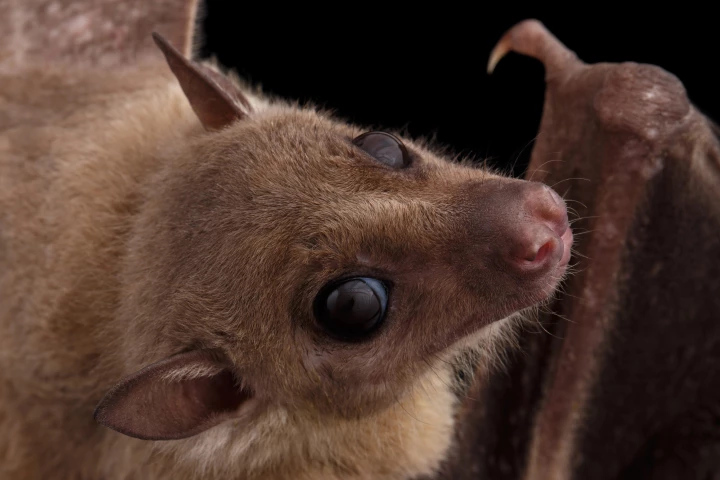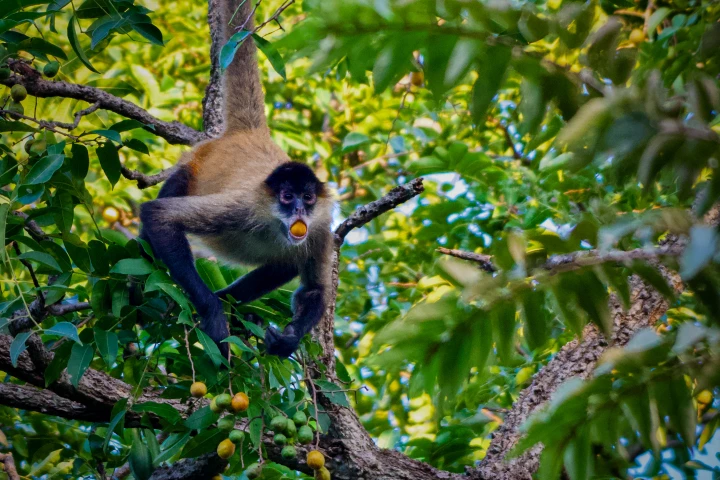Ethanol
-
Following on from last year's 34th First Annual Ig Nobel Prize, the 35th First Annual Ig Nobel Prize night took place at Boston University this week, celebrating the joy of science: Real research with some delightfully sideways paths of investigation.
-
Despite observations of "wasps getting drunk" and "beetles consuming beer," it has been thought that alcohol in the non-human animal world hasn't been deliberate. Ecologists challenge this theory, saying it's far more commonplace and strategic.
-
When someone is really intoxicated, they may not be very cooperative when told to blow into a breathalyzer. There could soon be a more passive but just as accurate alternative, though, in the form of an earmuff that measures blood alcohol levels.
-
Researchers at the US Dept of Energy's Argonne National Laboratory have discovered a new catalyst that can convert carbon dioxide and water into ethanol with "very high energy efficiency, high selectivity for the desired final product and low cost."
-
Scientists have known for some time that ethanol can kill cancer cells, but several limitations held it back from becoming broadly used. A team recently developed a new type of ethanol solution that can effectively treat a variety of tumors, offering a new, safe, and cheap form of treatment.
-
To survive through winter in the freezing, oxygen-starved waters of northern Europe, crucian carp and goldfish produce their own alcohol internally, removing dangerous chemicals from their bodies and getting nicely sauced along the way. Now, researchers have worked out how they do it.
-
The wonder-material graphene may have a new trick to add to its resume: converting carbon dioxide into liquid fuels. A team at Rice University has used nitrogen-doped graphene quantum dots to create ethylene and ethanol, with stability and efficiency close to that of electrocatalysts like copper.
-
Scientists from the Oak Ridge National Laboratory claim to have produced one of the most usable of all chemicals - ethanol - in a process conducted at room temperature that effectively reverses the combustion process
-
Range anxiety and charge times means EVs still have some way to go before they're an alternative to internal combustion, which is where fuel cells could be of use. Nissan is testing the waters with its e-NV200, which promises range of 600 km from its new solid oxide fuel-cell.
-
Building on methods used by farmers to produce silage for feeding livestock, Japanese researchers have developed a technology for simultaneous biofuel and animal feed production which doesn't require off-site processing.
-
Indiana University biologists claim to have found a quicker, cheaper, cleaner way to increase production in bioethanol-producing microbes using nitrogen gas. This could replace chemical fertilizers and make the cost of cellulose ethanol competitive with that of corn ethanol and gasoline.
-
Researchers have been able to take the cellulose in sawdust and convert it into hydrocarbon chains. These can be used as an additive in gasoline or as building blocks to create plastics, rubber, nylon, insulation foams and other materials normally made from ethylene, propylene and benzene.
Load More











